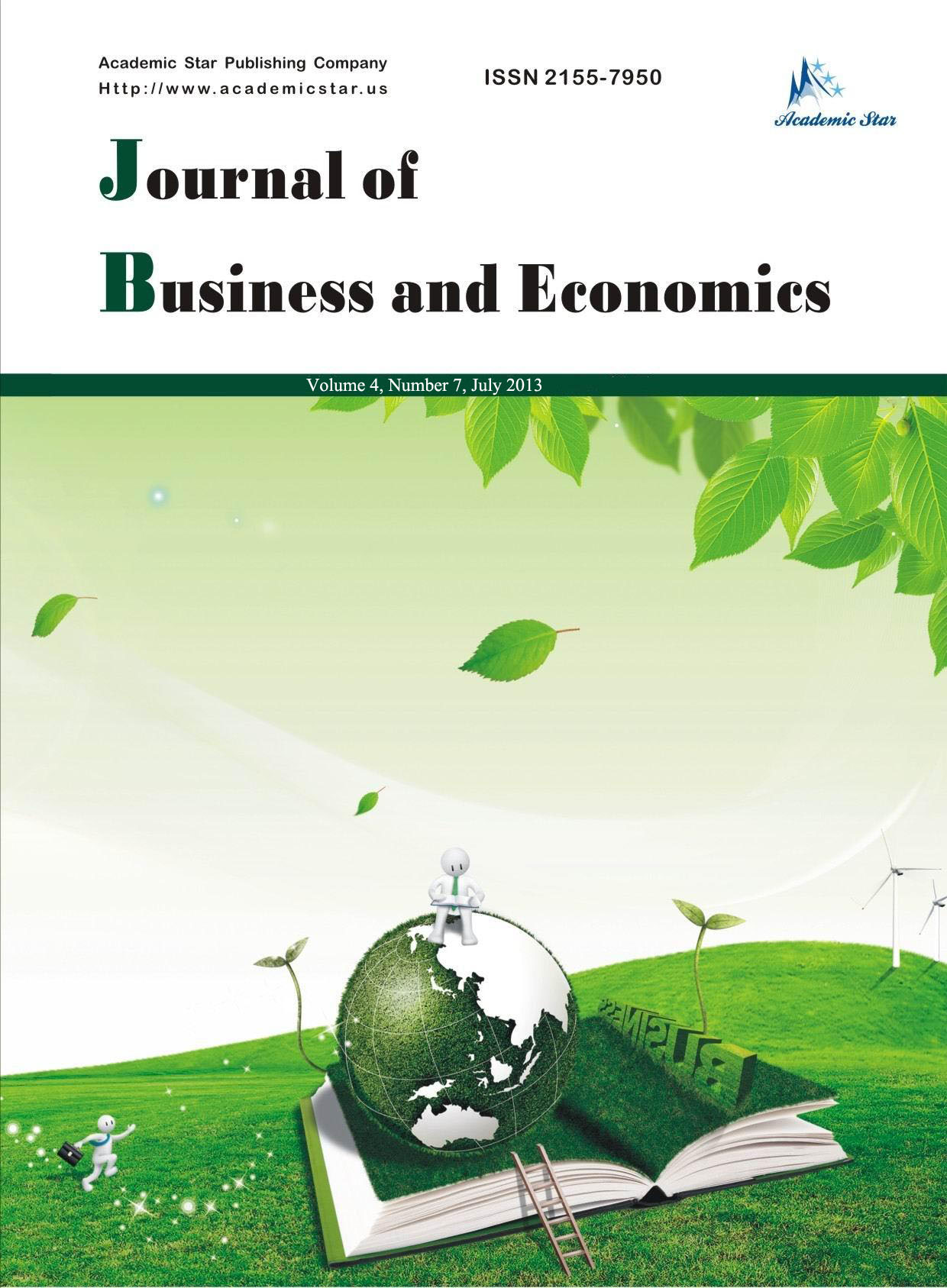
- ISSN: 2155-7950
- Journal of Business and Economics
Equivalent Annual Value Method’s Influence on the Selection of IT Investment Projects
Ion Bolun1, Svetlana Ghetmancenco2, Vasile Nastas2
(1. Technical University of Moldova, Chisinau, Republic of Moldova;
2. Academy of Economic Studies of Moldova, Chisinau, Republic of Moldova)
Abstract: Theoretical results not always give an unambiguous answer regarding the preference of using the indices of IT projects investment efficiency. To complement some of such results, the Net Present Value (NPV), Profitability (PI), Internal Rate of Return (IRR), Equivalent Annual NPV (EANPV), and Equivalent Annual PI (EAPI) indices are researched by computer simulation. So, the respective general problem is formulated, a model of comparative analysis of projects with unequal lives is defined and the SIMINV application is made up. Using SIMINV, the percentage of cases when the solutions, obtained using indices of each of the pairs {EANPV, EAPI}, {EANPV, IRR}, {EAPI, IRR}, {EANPV, NPV}, {EAPI, PI} and also those of the triplets {NPV, PI, IRR} and {EANPV, EAPI, IRR}, differ is determined. Also, as a result of respective analysis: they are identified the cases when the solutions obtained using the EANPV, EAPI, and IRR indices may form a Pareto set; the average percentage of cases with at least two different solutions when using the EANPV, EAPI, and IRR indices is of approx. 56%; the degree of influence on the decision of the EAV method’s use in conjunction with the PI index is considerably higher that its use with the NPV index; the IRR index use together with the EANPV and EAPI indices influence the decision on average in no more than 12% of cases, but there are also a considerable number of cases when its such use has no a new contribution to the decision.
Key words: investment project, comparative analysis, computer simulation, equivalent annual net present value, equivalent annual profitability, internal rate of return
JEL codes: C61, E22, G11, M21






